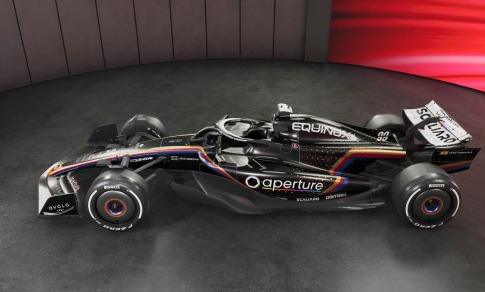Cadillac is set to make its long-anticipated entry into Formula One in 2026, becoming the sport’s 11th team after a protracted 764-day approval process. Backed by General Motors and TWG Global, the American team enters with vast resources and lofty ambitions, but team principal Graeme Lowdon is realistic about their chances in the early days — openly admitting they expect to start from the back of the grid.
With pre-season testing scheduled to begin in Barcelona on January 26 and the season-opening Grand Prix in Melbourne on March 6, Cadillac faces a tight timeline to have everything in place. While no drivers have been officially signed, and speculation continues around potential recruits, the team is focusing on essential infrastructure and development.
A recent look inside Cadillac’s facility in Silverstone revealed a quiet confidence behind the scenes, powered by significant investment. TWG Global, led by billionaire Mark Walter—who also owns stakes in the LA Dodgers, Chelsea FC, and is acquiring a majority share in the LA Lakers—brings serious financial muscle to the operation. Still, Lowdon stresses the team will not overpromise. “The ambitions are limitless, as they should be,” he said. “But you will not see this team over-promising in any way.”
Despite the team only receiving formal approval in March, much of the foundational work had already begun. Wind tunnel testing has been underway since mid-2023, and their first car floor was delivered in January. By May, they had completed roll hoop testing and had a prototype steering wheel ready. “We’ve already issued around 6,000 drawings and manufactured 10,000 components,” Lowdon noted. “If you wait until you get the entry to begin all that, it’s too late. You time out.”
Initially, Cadillac will use Ferrari power units but plan to develop their own in the future. Their operation spans both sides of the Atlantic, with headquarters in Indianapolis, facilities in North Carolina and Michigan, and a design and logistics hub in Silverstone. With a target of 600 staff before the season begins, two-thirds of the team has already been assembled—many coming from rival F1 outfits.
Understanding the scale of the challenge, Lowdon draws parallels to his previous F1 experience with Virgin and Marussia but says Cadillac is taking a more advanced approach. He’s modeled the team’s management structure on NASA’s Apollo program to facilitate efficient collaboration across continents. “It’s highly modeled on the Apollo project… OK, we’re not putting a man on the moon, but it feels like it sometimes,” he joked.
Acknowledging the competitiveness of the grid, Lowdon remains realistic: “You have to assume any new team will be last — if they’re not, someone else is going to be angry. We're trying to be as competitive as we can, but we know how hard this is.”








ADD A COMMENT :